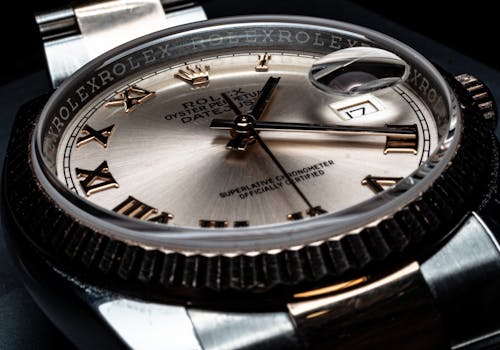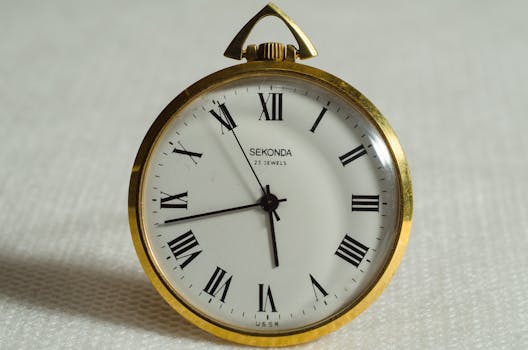
Understanding Watch Complications and Their Functions
Takeaways: Watch complications are features beyond simple timekeeping that add to the watch’s functionality and complexity. Understanding these features can enhance your appreciation for horology and help you choose the right watch for your needs.
In the world of horology, the term ‘complication’ refers to any feature in a timepiece that goes beyond the basic display of hours, minutes, and seconds. Complications can be purely functional, purely aesthetic, or a combination of both. This article will delve into the various types of watch complications, their functions, and why they are highly valued by collectors and enthusiasts alike.
What Are Watch Complications?

Types of Watch Complications
There are numerous types of watch complications, each serving a unique purpose. Here are some of the most common types:
- Date Display: One of the simplest and most common complications, the date display shows the current date. Some watches feature a quick-set mechanism that allows the date to be adjusted easily.
- Chronograph: A chronograph is a stopwatch function that allows the wearer to measure elapsed time. It typically features additional sub-dials and pushers to start, stop, and reset the timer.
- Moon Phase: This complication tracks the lunar cycle and displays the current phase of the moon. It’s a favorite among collectors for its aesthetic appeal and romantic notion.
- Power Reserve Indicator: This feature shows how much energy is left in the watch’s movement, which is particularly useful for mechanical watches that require winding.
- Tourbillon: A highly complex and prestigious complication that showcases the escapement and balance wheel in a rotating cage. It’s designed to improve accuracy by counteracting the effects of gravity.
- GMT or Dual Time Zone: This complication allows the wearer to track two different time zones simultaneously, making it ideal for travelers.
- Perpetual Calendar: This sophisticated complication automatically adjusts for months with different lengths and leap years, providing an accurate date display for decades without manual adjustment.
- Minute Repeater: This intricate mechanism chimes the time on demand, using a series of gongs and hammers to produce a melodious sound.
- Alarm: Some watches feature an alarm function that alerts the wearer at a set time, combining timekeeping with practicality.
The Importance of Complications in Watchmaking

For many enthusiasts, complications are not just features; they are a way to express individuality and taste. A watch with multiple complications can tell a story about the wearer, showcasing their lifestyle, interests, and appreciation for fine craftsmanship. The more complex the complication, the more it can elevate the status of the timepiece within the collector community.
How to Choose a Watch with Complications
When selecting a watch with complications, consider your lifestyle and how you intend to use the watch. If you travel frequently, a GMT function might be essential. If you’re a sports enthusiast, a chronograph could be valuable. Additionally, think about the type of craftsmanship that appeals to you. Watches with intricate complications like tourbillons or minute repeaters may come with a higher price tag, reflecting the labor-intensive nature of their creation.
Ultimately, understanding the various complications available allows you to make informed choices and appreciate the artistry behind each timepiece. Whether you’re a seasoned collector or a newcomer to the world of watches, recognizing the value of complications can enhance your experience and enjoyment of horology.






